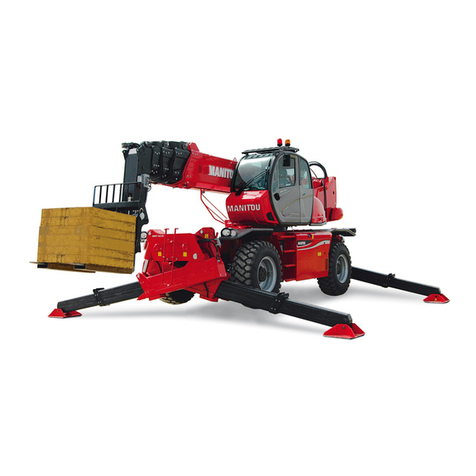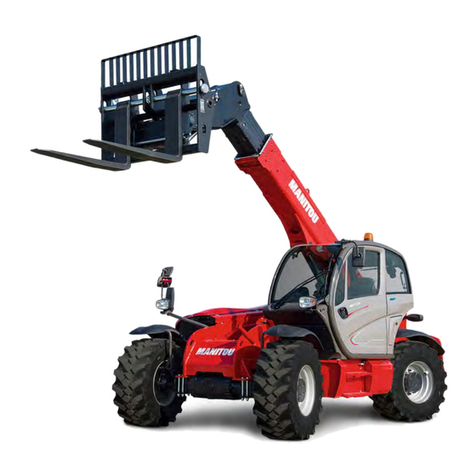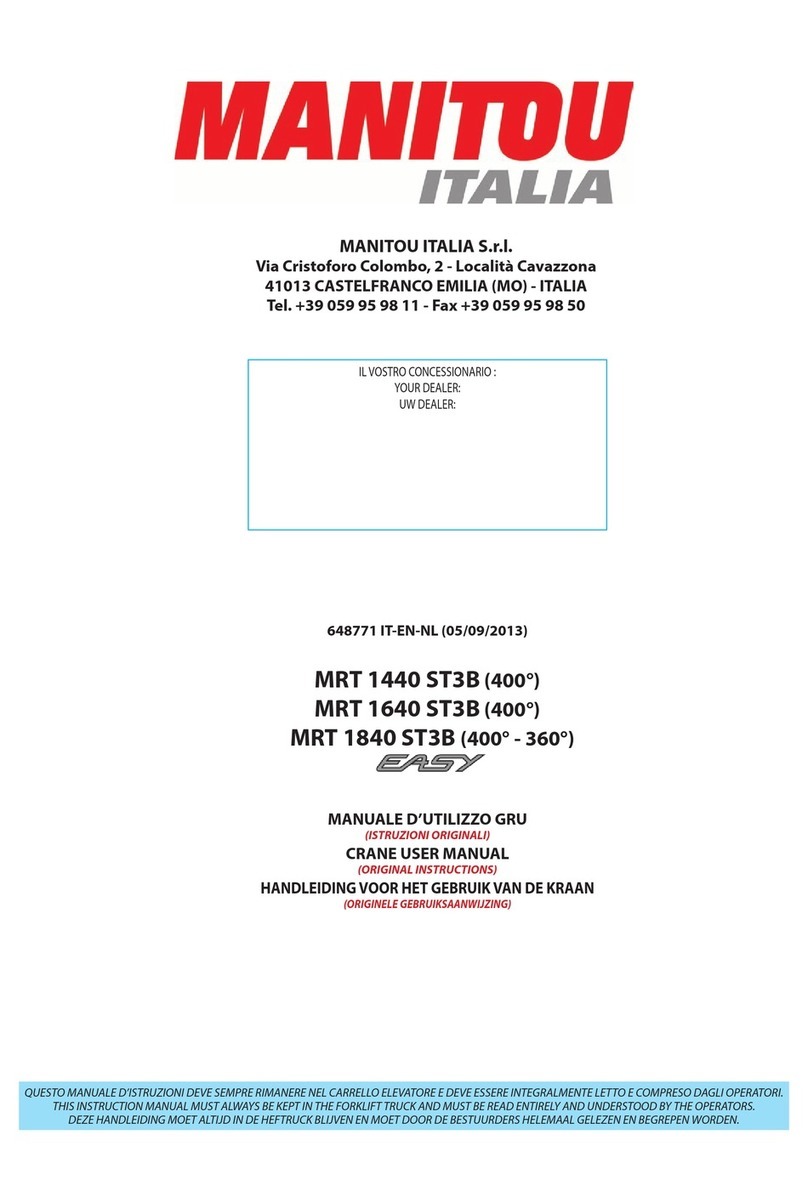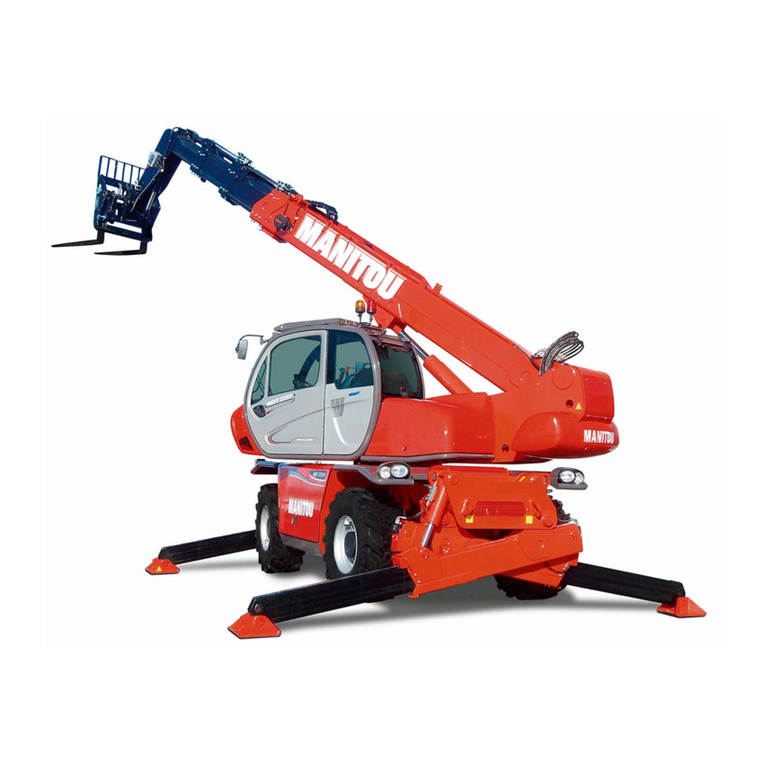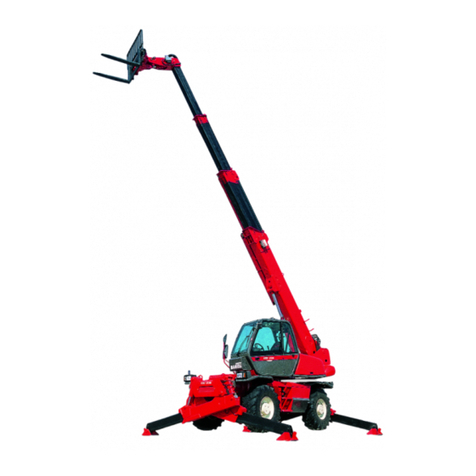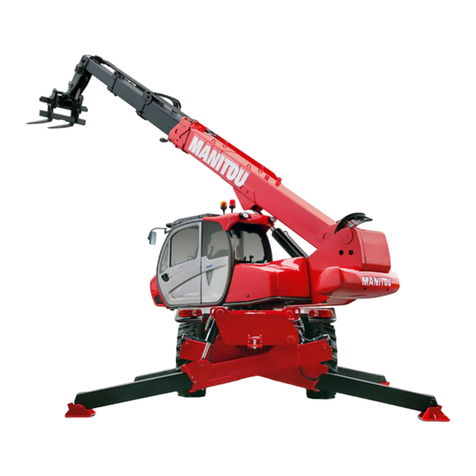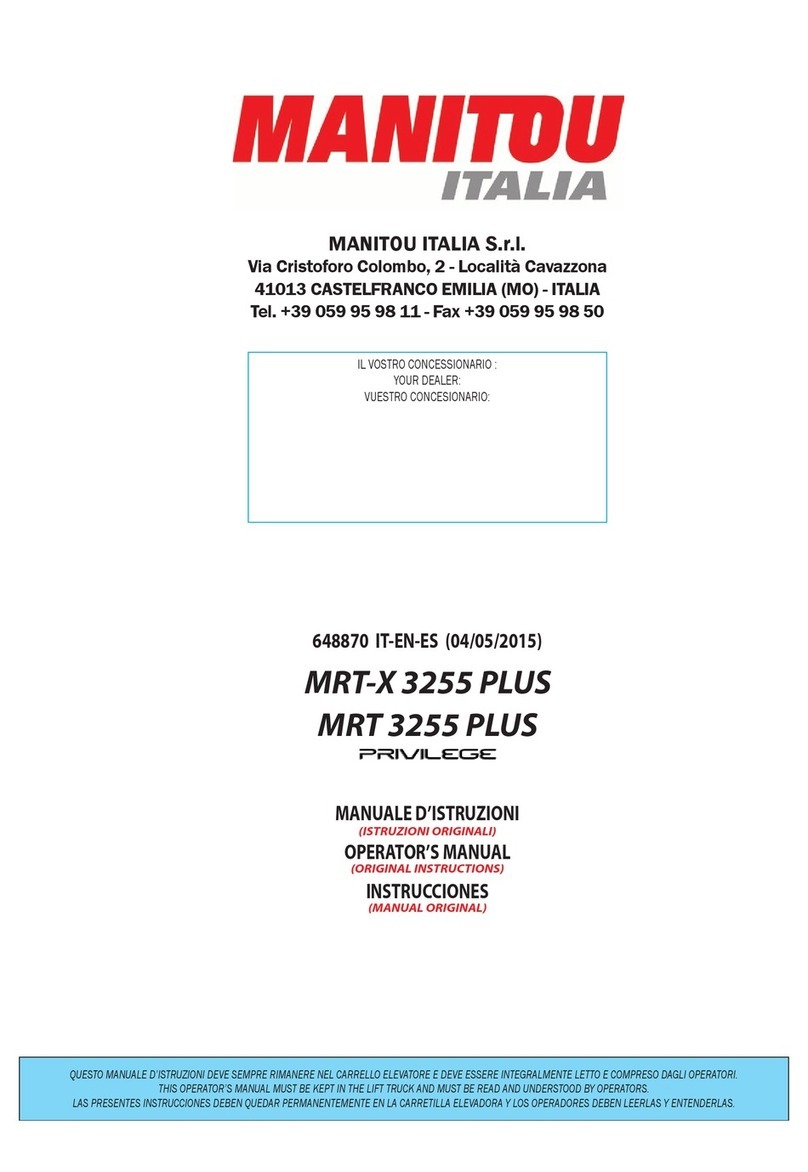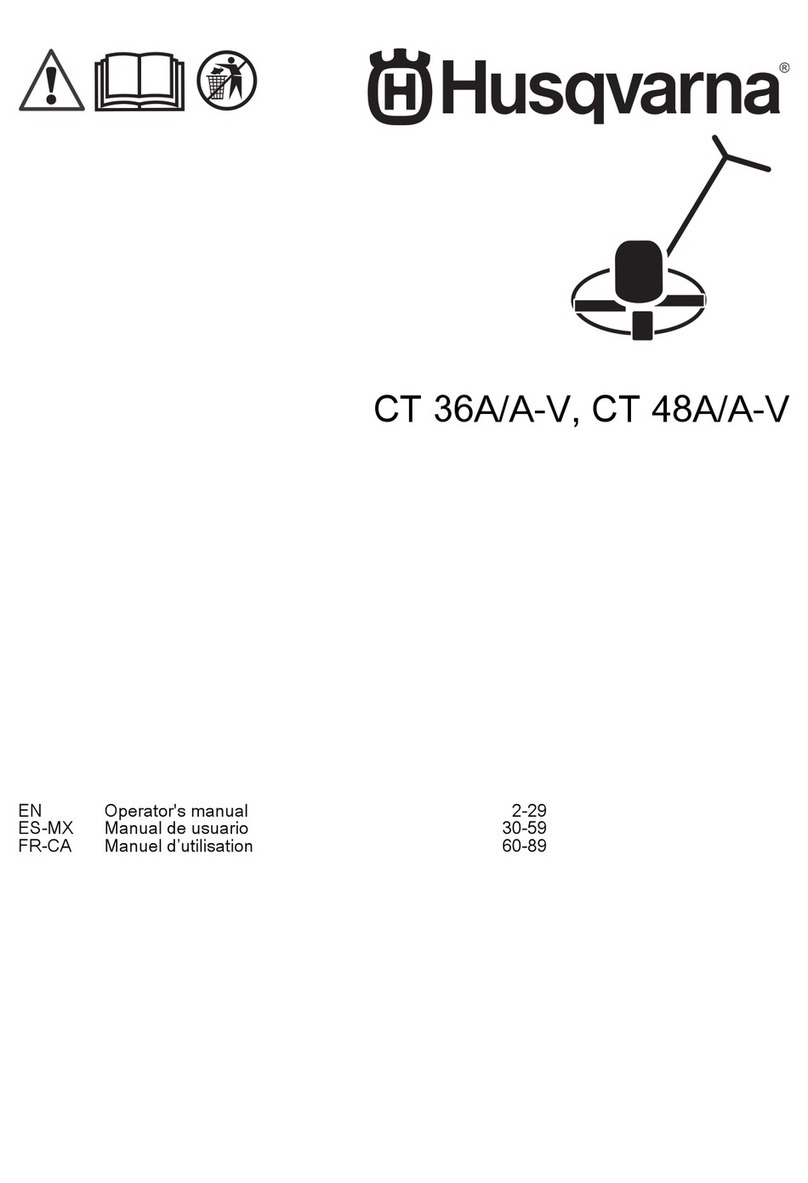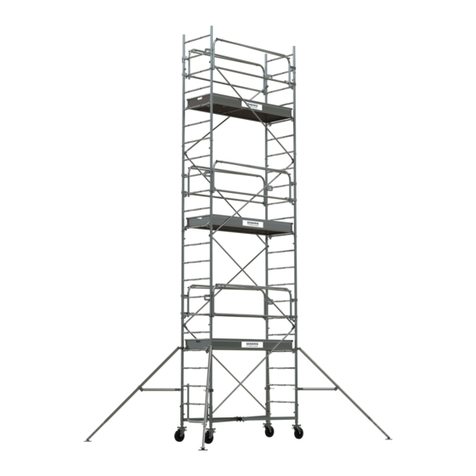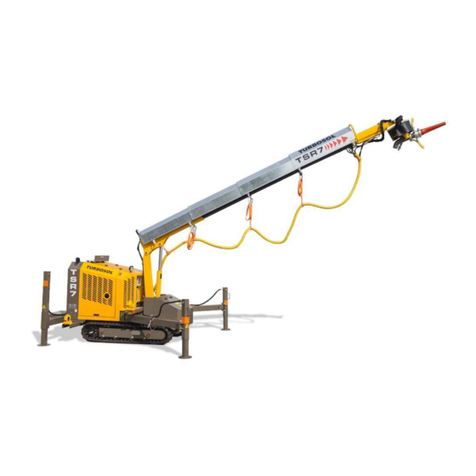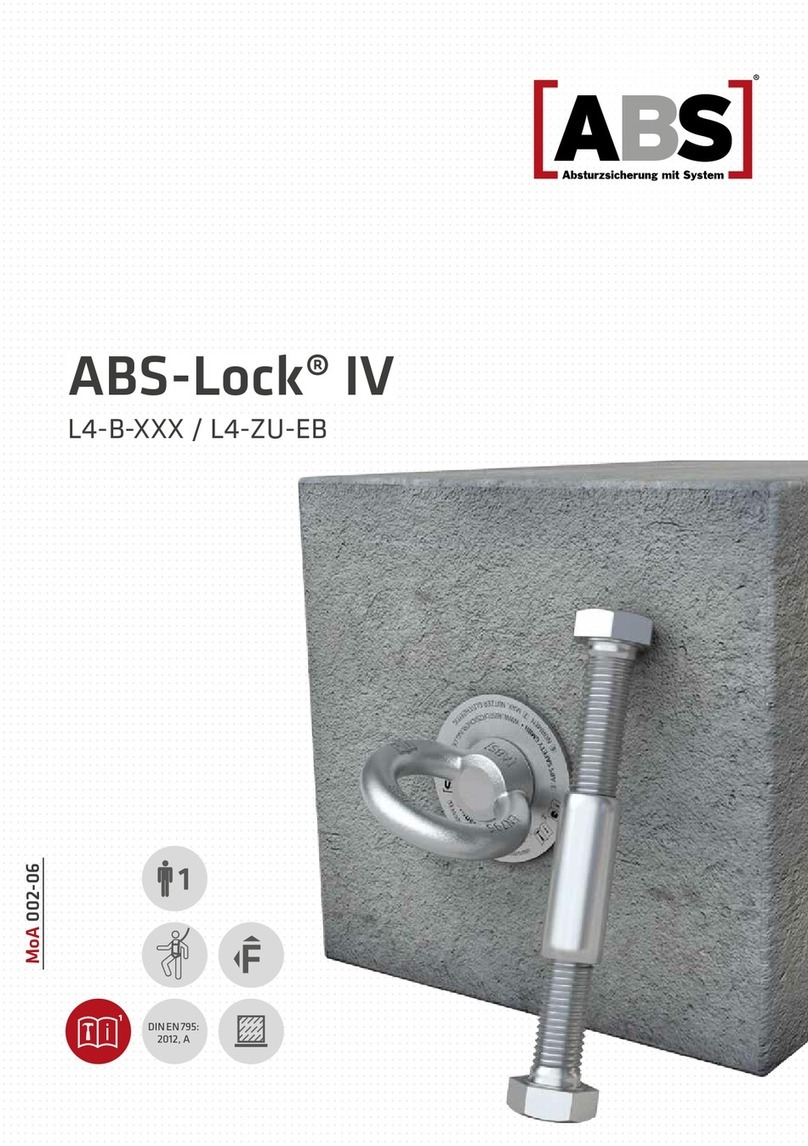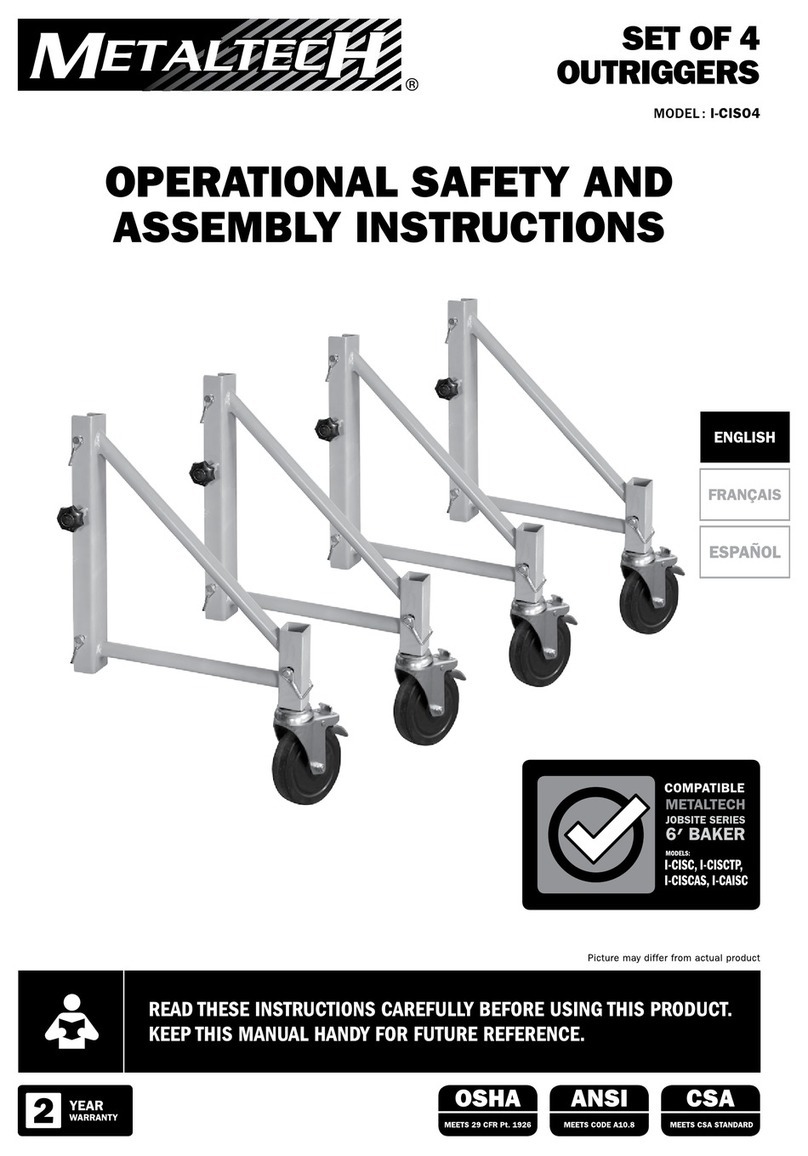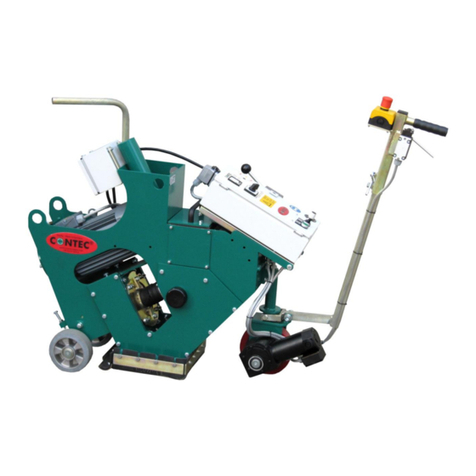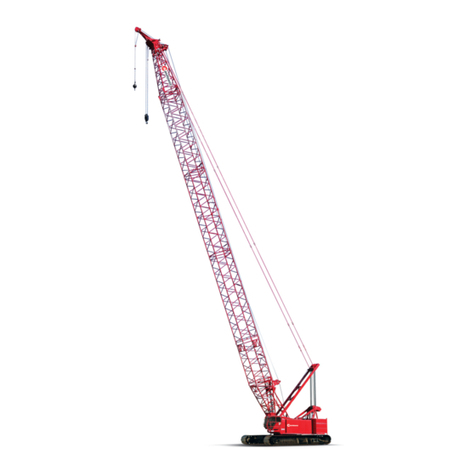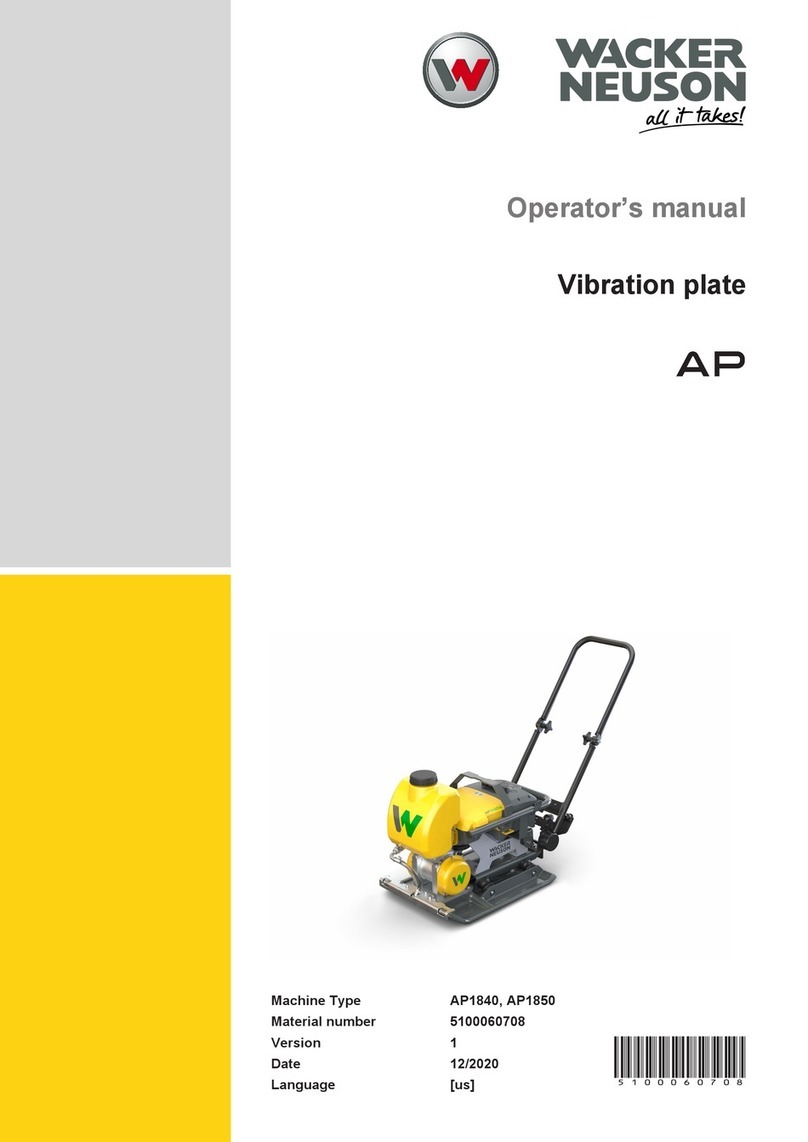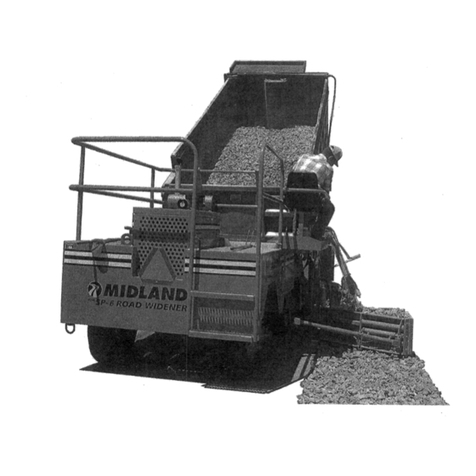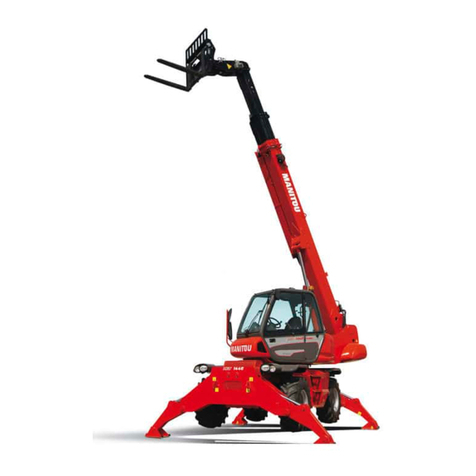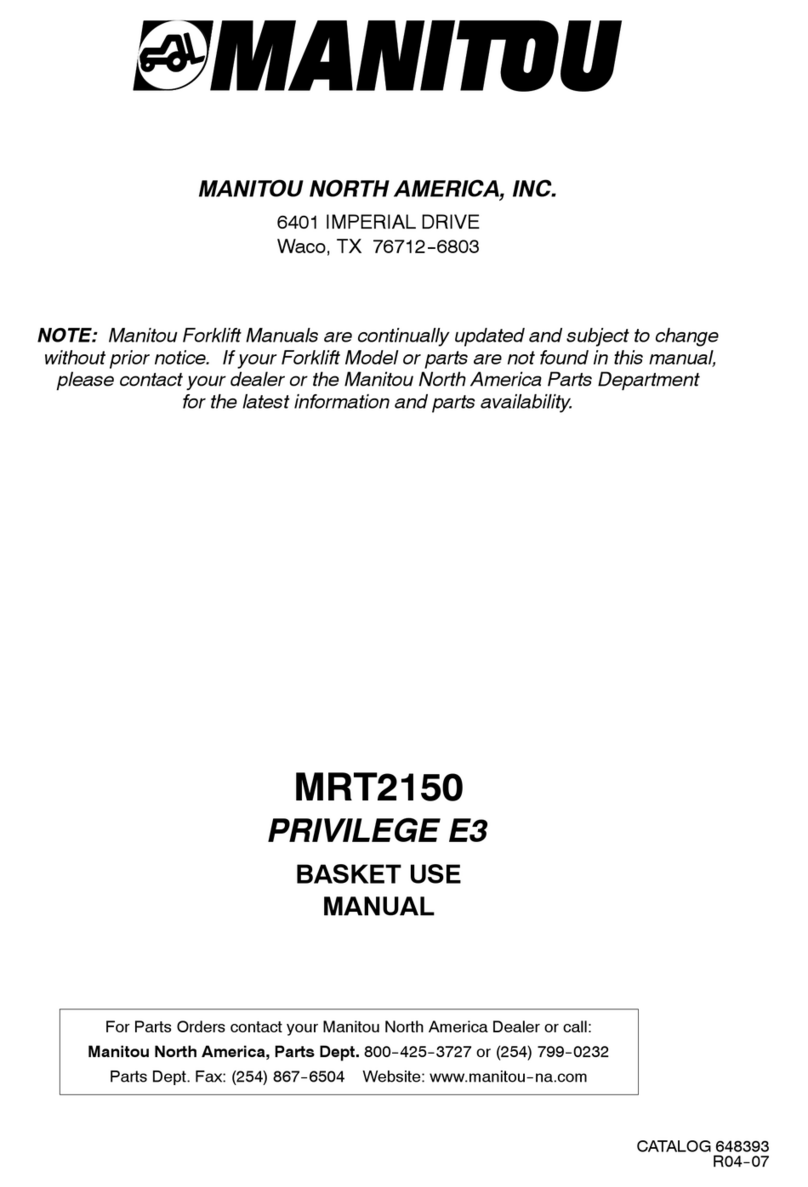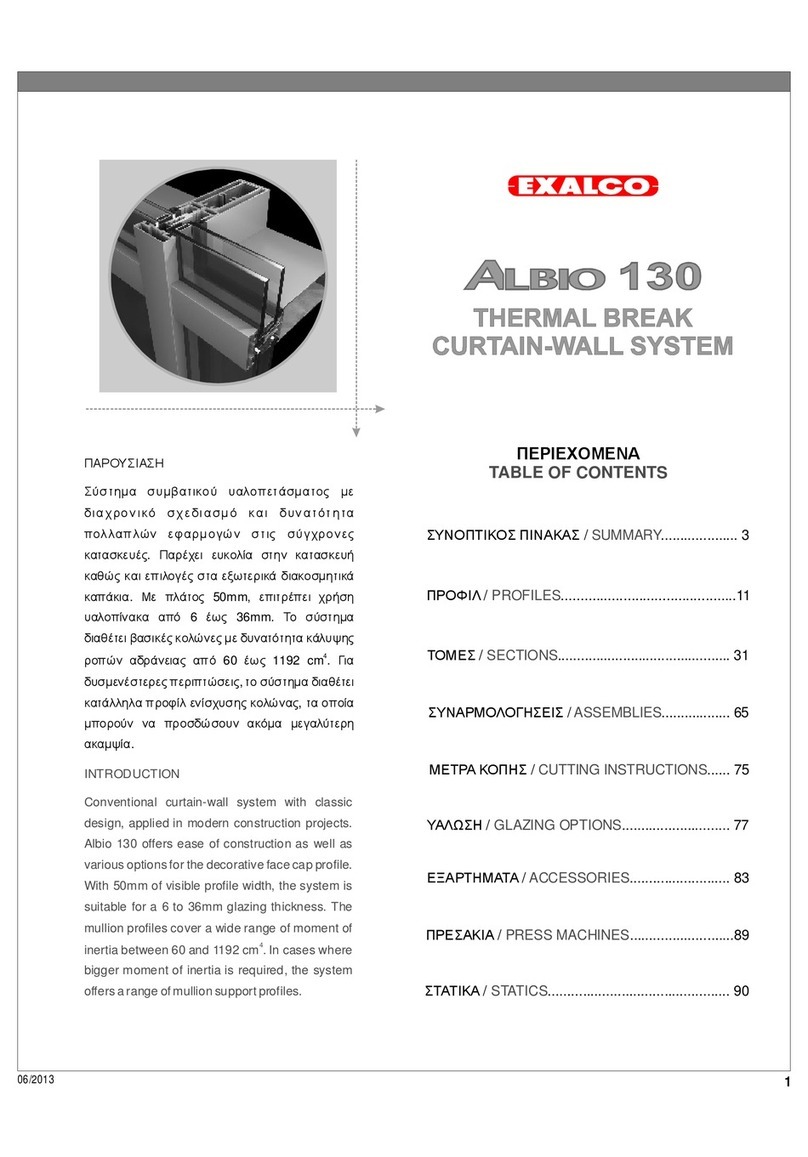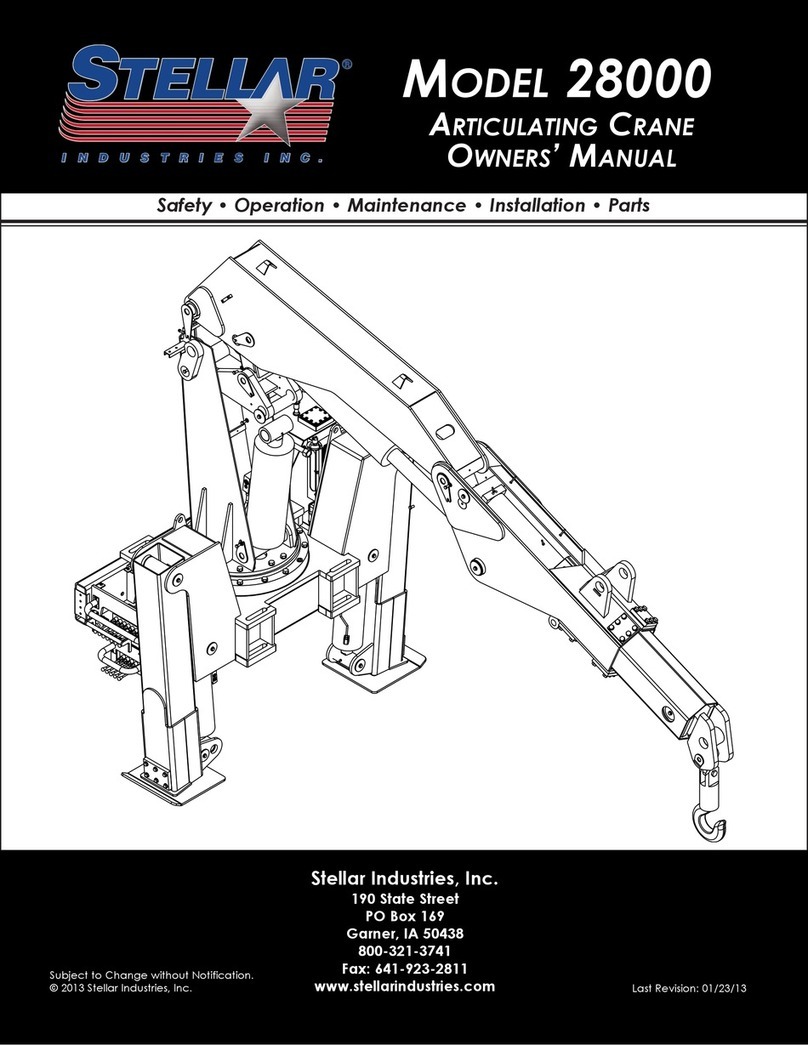
1-13
648870 IT-EN-NL (04/05/2015)
- Check all control instruments immediately
after starting up, when the I.C. engine
is warm and at regular intervals during
use, so as to quickly detect any faults and
to be able to correct them without any
delay.
- If an instrument does not show the
correct display, stop the I.C. engine and
immediately carry out the necessary
operations.
D - Driving the lift truck
Safety notice
- Always drive the lift truck with the forks
or attachment at approximately 300 mm
from the ground, i.e. In the transport
position.
- Familiarise yourself with the lift truck on
the terrain where it will be used.
- Ensure that the service brakes and the
sound alarm are working properly.
- Drive according to, and at an appropriate
speed for, the conditions and state of the
terrain.
- Slow down before executing a turn.
- In all circumstances make sure you are
in control of your speed.
- On damp, slippery or uneven terrain,
drive slowly.
- Brake gently, never abruptly.
- Only use the lift truck’s forward/reverse
lever from a stationary position and never
do so abruptly.
- Always remember that hydraulic type
steering is extremely sensitive to
movement of the steering wheel, so turn
it gently and not jerkily.
- Never leave the I.C. engine on when the
lift truck is unattended.
- Look in the direction you are travelling
and always keep clear visibility of the
road. Use the left and right rear view
mirrors frequently and ensure that they
are kept in good condition, are clean and
correctly adjusted.
- Never use the truck in places poorly
lighted.
- When working at night, ensure that your
lift truck is fitted with full beam lights.
There are optional solutions, consult your
agent or dealer.
- Drive round obstacles.
- Direct na het starten een blik op de
controle-instrumenten werpen, dan als
de motor warm is weer en vervolgens
regelmatig tijdens het gebruik zodat u zo
snel mogelijk de eventuele storingen kan
opsporen en verhelpen.
- Als een instrument een afwijking
aangeeft, de motor uitzetten en
onmiddellijk de nodige handelingen
uitvoeren.
D - Met de heftruck rijden
Veiligheidsvoorschriften
- De verplaatsingen van de heftruck altijd
uitvoeren met de vorken of het werktuig
op een afstand van ongeveer 300 mm van
de grond, d.w.z. in de transportstand.
- Oefenen op de bestuurdersplaats van
de heftruck op het terrein waar hij moet
werken.
- Controleren of de remmen en de claxon
naar behoren werken.
- Rijden met een snelheid die afgestemd is
op het soort en de staat van het terrein.
- Afremmen voor een bocht te maken.
- Altijd de controle over de heftruck
houden en zijn snelheid onder controle
houden.
- Langzaam rijden op vochtige, glibberige
of onregelmatige grond.
- Geleidelijk aan en zonder stoten remmen.
- De omkeerinrichting van de heftruck
alleen gebruiken als de heftruck stil staat.
- Vergeet niet dat de besturing hydraulisch
werkt en erg gevoelig is voor de
bewegingen van het stuur, stuur dus
geleidelijk en niet schokkend.
- De motor nooit laten draaien als de
bestuurder niet aanwezig is.
- Altijd kijken in de richting waarin de
heftruck rijdt en ervoor zorgen dat men
te allen tijde een goed zicht heeft op het
traject. Regelmatig in de zijspiegels kijken
en ervoor zorgen dat deze altijd intact en
schoon zijn en in de juiste stand staan.
- De heftruck niet in een donkere of slecht
verlichte omgeving gebruiken.
- Bij werkzaamheden in het donker, ervoor
zorgen dat de heftruck voorzien is van
werklampen. Er zijn optionele oplossingen
beschikbaar. Raadpleeg uw agent of dealer
voor nadere informatie.
- Om obstakels heen rijden.
- Osservare tutti gli strumenti di controllo
immediatamente dopo l’avvio, con il
motore caldo, e ad intervalli regolari
durante l’utilizzo, in modo da individuare
e risolvere rapidamente le eventuali
anomalie.
- Se uno degli strumenti segnala
un’anomalia, spegnere il motore e
provvedere immediatamente alle
operazioni necessarie.
D - Guida del carrello elevatore
Norme di sicurezza
- Effettuare gli spostamenti del carrello
elevatore sempre con le forche o
l’accessorio a circa 300 mm dal suolo,
ossia in posizione di trasporto.
- Esercitarsi alla guida del carrello
elevatore sul terreno dove dovrà
operare.
- Accertarsi dell’efficienza dei freni di
servizio e del clacson.
- Guidare in modo appropriato sceglien
do la velocità adeguata alle condizioni
e al tipo di terreno.
- Rallentare prima di effettuare una
svolta.
- Aver in ogni circostanza il controllo del
carrello e della rispettiva velocità.
- Su terreno umido, scivoloso o
sconnesso,condurre lentamente.
- Frenare progressivamente, evitare
brusche frenate.
- Agire sull’invertitore di marcia del
carrello elevatore soltanto a macchina
ferma evitando brusche manovre.
- Ricordarsi sempre che lo sterzo di tipo
idraulico è molto sensibile ai movimenti
del volante, quindi occorre sterzare
progressivamente e non a scatti.
- Non lasciare mai il motore acceso in
assenza del conduttore.
- Guardare sempre nella direzione di marcia
e conservare una buona visibilità del
percorso. Utilizzare frequentemente gli
specchi retrovisori laterali, e controllarne
le condizioni, la pulizia e la regolazione.
- Non utilizzare il carrello in ambienti bui
o scarsamente illuminati.
- Di notte, verificare che il carrello
elevatore sia dotato di luci di lavoro.
Esistono soluzioni opzionali. Per maggiori
informazioni, rivolgetevi al vostro agente
o concessionario.
- Aggirare gli ostacoli.
IT EN NLIT EN NL




















